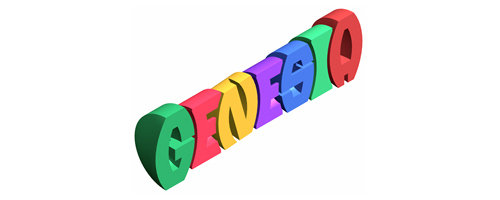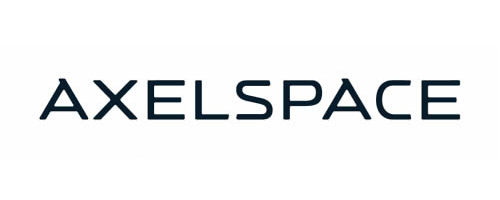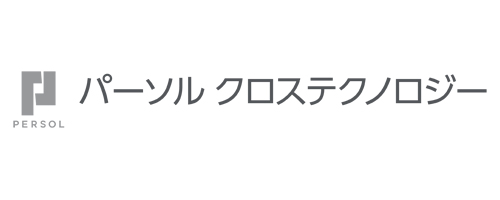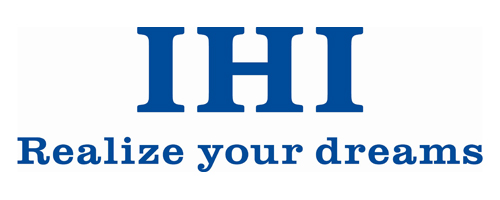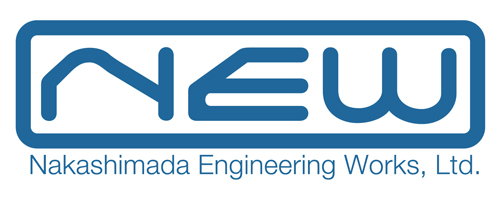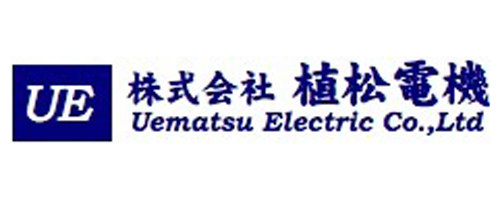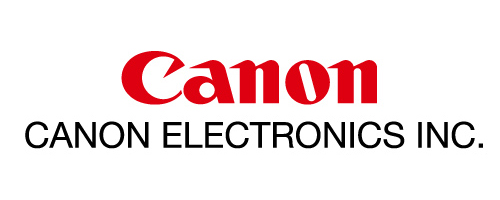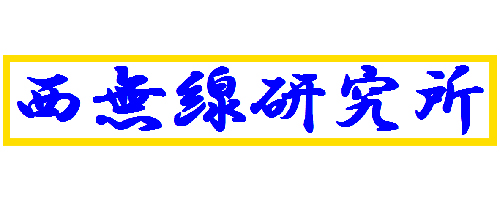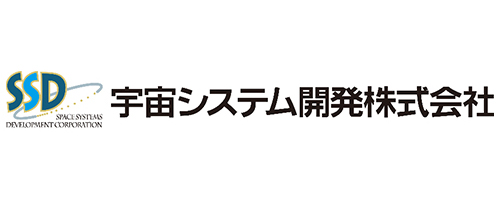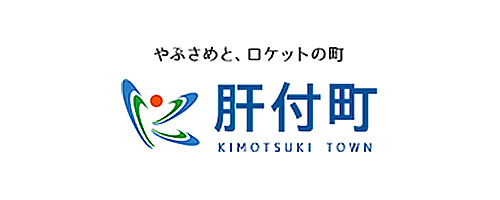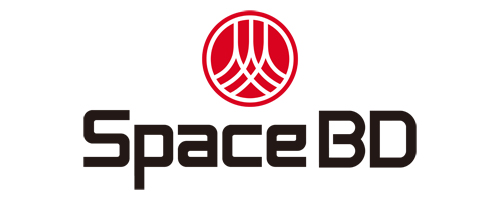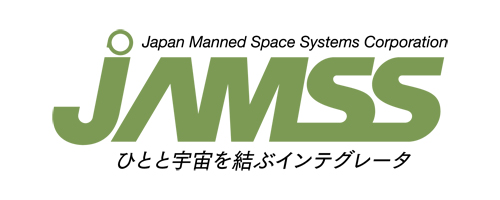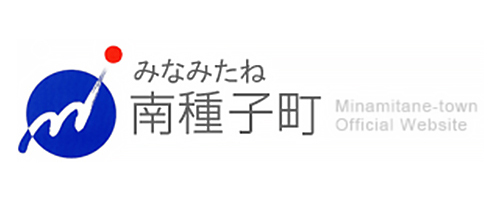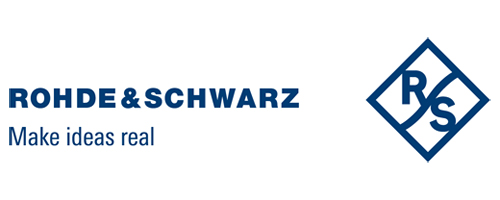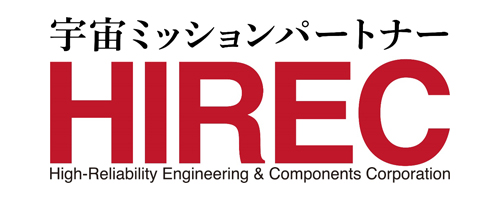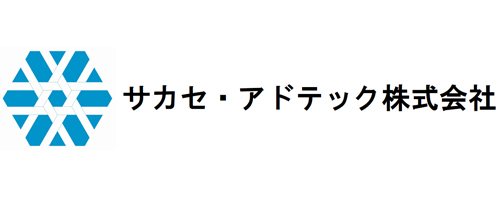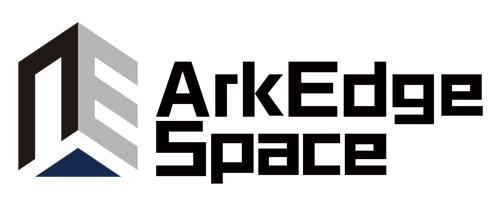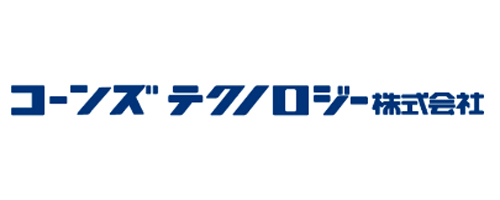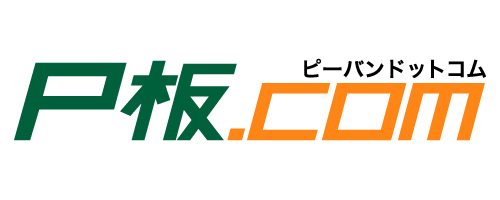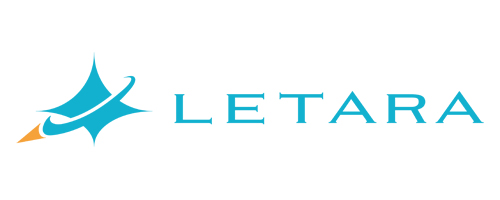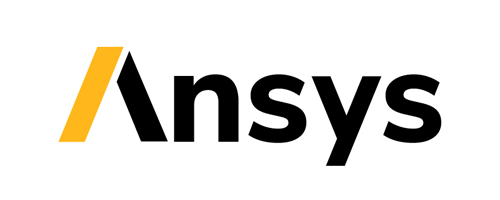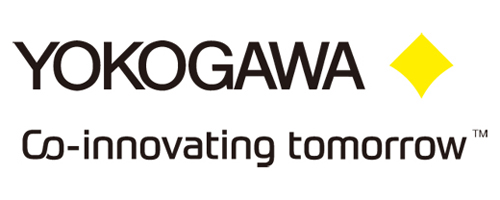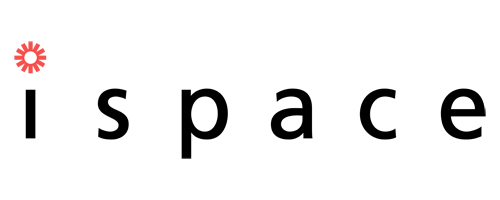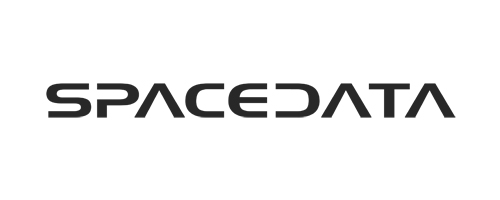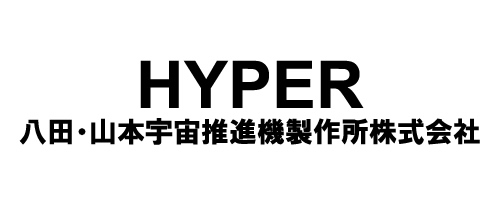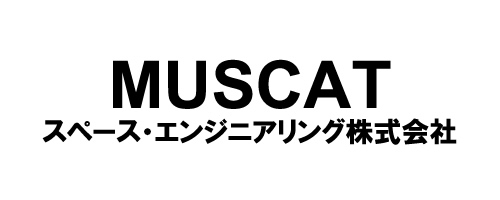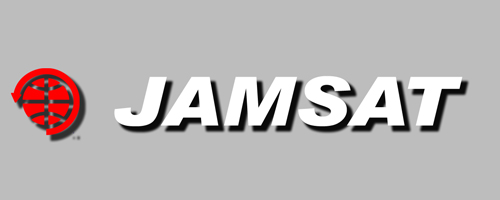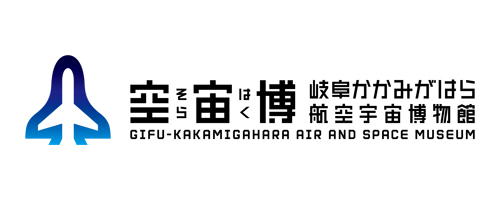Twelth Noshiro Space Event was held from Aug 17, 2016 to Aug 26, 2016.
Table of contents
- Outline
- Schedule of the event
- Preparation
- Networking event
- Opening ceremony
- Public open day
- CanSat competition
- Hybrid rocket launch experiment
Outline
Many teams particpated in this years competition. For example, in the hybryd rocket launch event, fifteen rockets were launched, three more compared to last year.
We had some anxiety about the weather as typhoon was expected to pass by during the competition. However, we did not have any major postpone or cancelation of event.
This year, we had various enterprise awards thanks to our sponsors. For our CanSat competition, TYPE – S Co. Ltd., and for our hybrid rocket launching, InterStellar Technologies Inc. (continued from last year) and Mitsubishi Heavy Industry Ltd. (continued from two years ago) has prepared an award for us. We thank you very much for your support.
Schedule
Due to increased number of participants, we had to lengthen our event. Including preparation and clean up, it lasted for almost two weeks. Public opening day was held on Sunday as usual, where many citizens enjoyed exhibitions and hands-on contents provided by participants of the event.
| Day | Contents |
|---|---|
| Aug 18 (Thu) | CanSat Competition/University Rocket launch experiment & rehearsal |
| Aug 19 (Fri) | CanSat Competition/University Rocket launch experiment |
| Aug 20 (Sat) | Opening Ceremony/CanSat Competition/University Rocket launch experiment |
| Aug 21 (Sun) | <Public open day> Exhibition Hands-on contents Large model rocket launch / Model rocket launch competition for middle school students |
| Aug 22 (Mon) | Beach Cleaning / Rocket launch to sea (rehearsal) |
| Aug 23 (Tue) – 26(Fri) |
Rocket launch experiment to sea |
Preparation
We started preparation two days before the competition. We brought tents and other necessary goods from Akita University and put them up at our competition site. At rocket launch site, ASSP launcher and new mutual launcher was placed. Starting from this year, both CanSat and Rocket competitor gathered from the first day of the preparation.
After the rocket launch competition finished, the launcher was moved to beach area to prepare for the launch experiment to sea. Both 10m launcher an ASSP launcher was placed on the 21st and rehearsal was held on the 22nd.

Event site

CanSat preparation site
Networking event
On Aug 18th and 19th, networking event for CanSat competitors and Rocket launchers were held respectively. They exchanged their technologies and ideas.

Networking event
Opening ceremony
On 20th the Opening ceremony was held. Luckily, the weather turned out to be great. Guests who have put much effort in preparation of this Noshiro Space Event gave students speech. On that night, we had a social gathering dinner and awarding ceremony for CanSat competition.

Opening ceremony

Awarding Ceremony for CanSat
Public open day
On 21st the event was opened to public. Just like last year, hands-on contents and exhibitions of CanSat used in competition were displayed by the participants of the competition. T-shirt contest(a team with the most artistic T-shirt would receive a prize) was also held that day. This year, 11 teams prepared hands-on contents and 7 teams displayed their CanSats. Many local citizens and children visited our site and showed interest in technologies used in CanSat and rockets.


Public open day
CanSat Competition
CanSat competition was held Aug 18 – 20 under fine weather. In CanSat competition, CanSat (a mock satellite used for educational purpose) developed by each team was carried up by a balloon and dropped from there. While it is falling, CanSat will perform mission that simulates real satellite.
This year we had many participants like last year. 38 teams took part in the competition. We used two balloons and provided at least two launch opportunity for all the team.
There are three different division in CanSat competition: runback, flyback, and mission. Runback and flyback is a competition where CanSat has to autonomously control itself to reach a designated goal. Runback will fall down to ground and then use ground locomotion to reach the goal. Flyback will use dynamic flight control to reach the goal. In the last one, mission division, each team are allowed to design their own mission, and they compete on the uniqueness and successfulness of the mission.

CanSat Competiton
Results of the CanSat competition
| <Flyback Division> | |
|---|---|
| 1st Prize | Shizuoka University SATT flyback team |
| No team qualified for 2nd prize. | |
| <Runback Division> | |
| 1st prize | Nihon Bunri University, NBU CanSat Project Runback team |
| 2nd prize | The University of Tokyo, Nakasuka/Funase lab Team Grenouille |
| 3rd prize | Nihama College EEIC, Wakabayashi lab Green Earth Japan |
| <Mission Division> | |
| TYPE-S Award 1st prize | Tokyo University of Agriculture and Technology, Space engineering lab, Lights, Team S.S.Y.H |
| TYPE-S Award 2nd prize | Keio University Laboratory of Synthetic Cosmic Science(LYNCS) SNS Mission Team |
| TYPE-S Award 3rd prize | Shibaura Institute of Technology, Shibaura satellite team AMPM |
| UNISON Award | Keio University Laboratory of Synthetic Cosmic Science(LYNCS) SNS Mission Team |
Hybrid rocket launch experiment
On Aug 18 – 20 and Aug 23 – 25, hybrid rocket launch experimet took place in the Noshiro Space Event.
In the first half of the session, the rockets were launched from land and was retrieved on land. In the latter half of the session, the rockets were launched from land towards sea so that they could fly to higher altitude. This year, seven rockets were launched land to land, and eight rockets were launched land to sea. The number of rockets participating has been increasing, and this year we had the largest number since the beginning of the Noshiro Space Event.
Following is the list of participants. They participated from all over Japan.
| 1 | CORE (Inter-college student association), A team・B team |
|---|---|
| 2 | Tokyo Institute of Technology, CREATE |
| 3 | From The Earth(F.T.E.) |
| 4 | Akita University, Student Space Project (ASSP) |
| 5 | Kanagawa University, Space Rocket Club |
| 6 | Kanazawa University, Takano lab |
| 7 | Kyushu University, PLANET-Q |
| 8 | Shibaura Satellite Team, Hybrid Rocket Division(SSTR) |
| 9 | Tsukuba University, Space Technology Project(STEP) |
| 10 | Tokai University Challenge Centre Student Rocket Project(TSRP) |
| 11 | Tokyo University of Agriculture and Technology, Space engineering lab, Lightus |
| 12 | HIYOKO(CORE OB) |
| 13 | Muriran Institute of Technology, Student Aerospace Research & Development Project(SARD) |
For land to land launch, all the team except for one suceeded in ignition sequence and launch. For land to sea launch, all the team succeeded in ignition sequence and CREATE, FTE, ASSP, Kanagawa University Space Rocket Club, and TSRP succeeded to launch. TSRP had a challenging design where rocket would go faster than speed of sound.

Land to sea launch
This year’s launch was the launch with largest number of rockets and lasted for 13 days, which is also the longest we have had. We were able to efficeintly prepare and do the launch experiment by allocating tasks to each team. There were some trouble during the launch like lack of items and illness among participants, but overall, the launch experiment ended successfully with no major accidents. Next year we would like to do even more efficient launch experiment.


